Welcome to the comprehensive guide on Tezos, a cutting-edge blockchain technology that’s redefining the digital asset and application landscape. Here, we explore Tezos’ unique features, from its innovative smart contract platform to its role in the burgeoning world of NFTs, and why it stands as a promising alternative in the blockchain arena.
Whether you’re a developer, investor, or simply blockchain-curious, this guide offers valuable insights into the Tezos ecosystem, its future potential, and how it’s shaping the decentralized digital world.
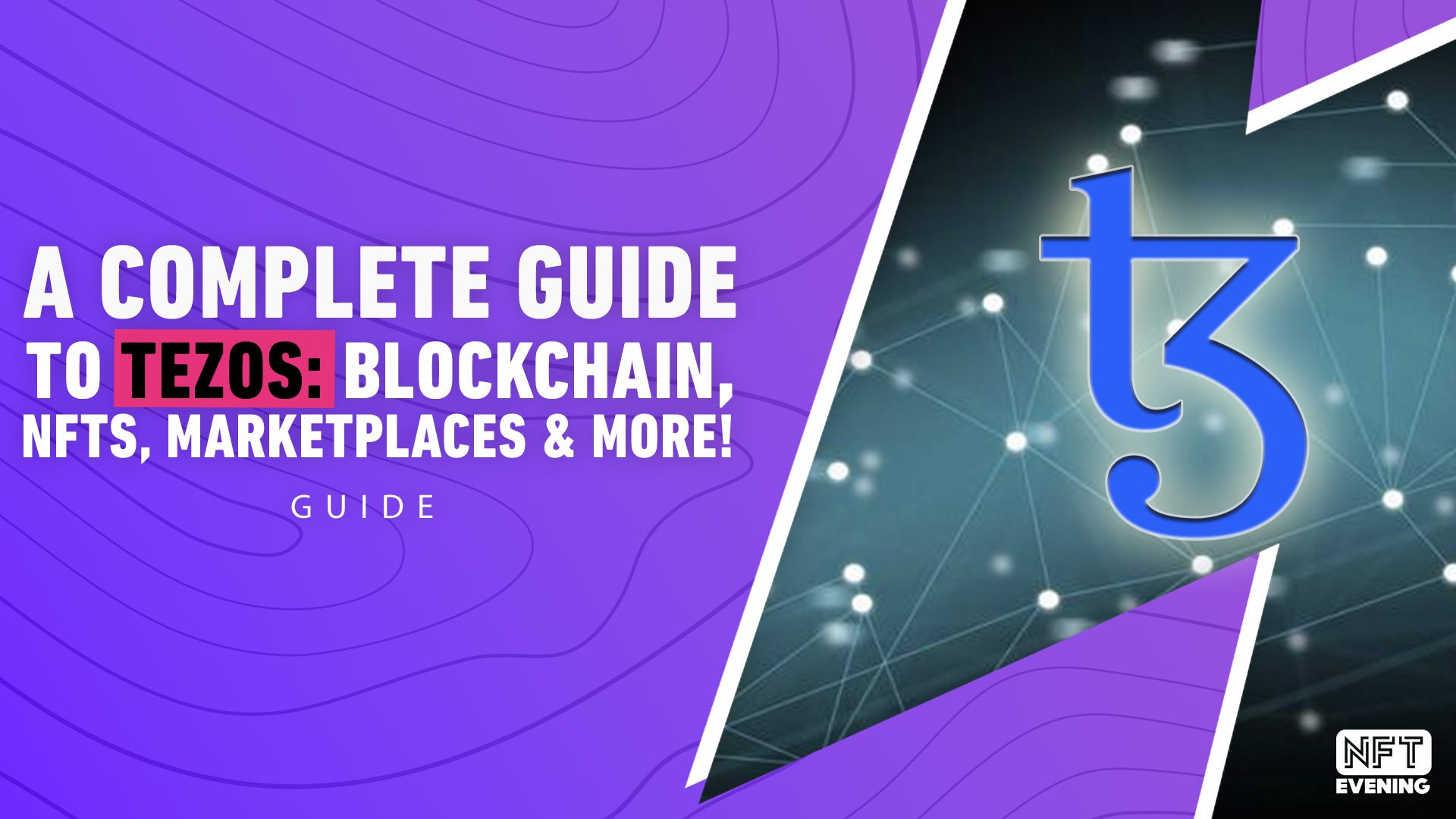
What Is The Tezos Blockchain?
Tezos, first proposed in 2014, is an open-source platform for assets and applications, including the creation of smart contracts and decentralized applications (dApps). Its native cryptocurrency is XTZ. Unique for its self-amending feature, Tezos can upgrade its protocol over time through a formalized process. This, especially, is a feature not common in many blockchains.
At its core, Tezos is a smart contract platform, allowing developers to build decentralized applications (dApps) on its blockchain. This functionality is similar to Ethereum but with a few key differences. Tezos’ smart contracts are written in Michelson, a language designed to facilitate formal verification. This is also a technique used to improve the security of smart contracts by mathematically proving their correctness. This emphasis on security also makes Tezos a robust platform for developers who want to build reliable and secure dApps.
The Role of XTZ in the Ecosystem
Tezos’ native cryptocurrency, XTZ, also known as “Tez,” plays a central role in maintaining and operating the Tezos ecosystem. XTZ is used not only as a digital currency but also for staking in the network’s consensus mechanism. By “baking” their Tez, holders can participate in the governance process, proposing or voting on amendments. This staking mechanism also serves to secure the network and validate transactions, aligning the incentives of various stakeholders within the Tezos ecosystem.
What makes Tezos particularly interesting is its commitment to continuous improvement and innovation. The blockchain is designed to incorporate new technological advancements, ensuring that it remains at the forefront of the blockchain space. This forward-thinking approach has also attracted a diverse range of developers, from those creating financial applications to artists minting NFTs, contributing to a rich and evolving ecosystem.
What Is The Standard For Tezos NFT?
The primary smart contract standard for Tezos is FA1.2 and the more advanced FA2.
FA1.2 Standard
FA1.2 is a token standard on Tezos, analogous to Ethereum’s ERC-20. It’s designed for fungible tokens, which means each token is identical and interchangeable. This standard outlines a basic interface for managing fungible tokens, including transferring tokens, approving tokens for use by another account, and allowing users to check the token balance of an account. Simpler token-based applications generally use FA1.2.
FA2 Standard
FA2 is a more flexible and powerful token standard on Tezos. It is akin to Ethereum’s ERC-1155, offering a multi-asset interface. This means it supports a wide range of token types and features within a single contract. This also includes fungible, non-fungible (NFTs), and semi-fungible tokens. The FA2 standard allows for:
Batch Transfers: Enabling multiple token transfers in a single transaction.
Operator Support: Allowing users to specify external addresses that can manage their tokens.
Custom Token Logic: Enabling the creation of unique token types with specific rules or behaviors.
FA2’s flexibility makes it particularly well-suited for complex applications requiring various token types, such as NFT platforms or games with multiple in-game assets. It has become the go-to standard for many developers building on Tezos, particularly for projects involving NFTs due to its ability to handle unique digital assets effectively.
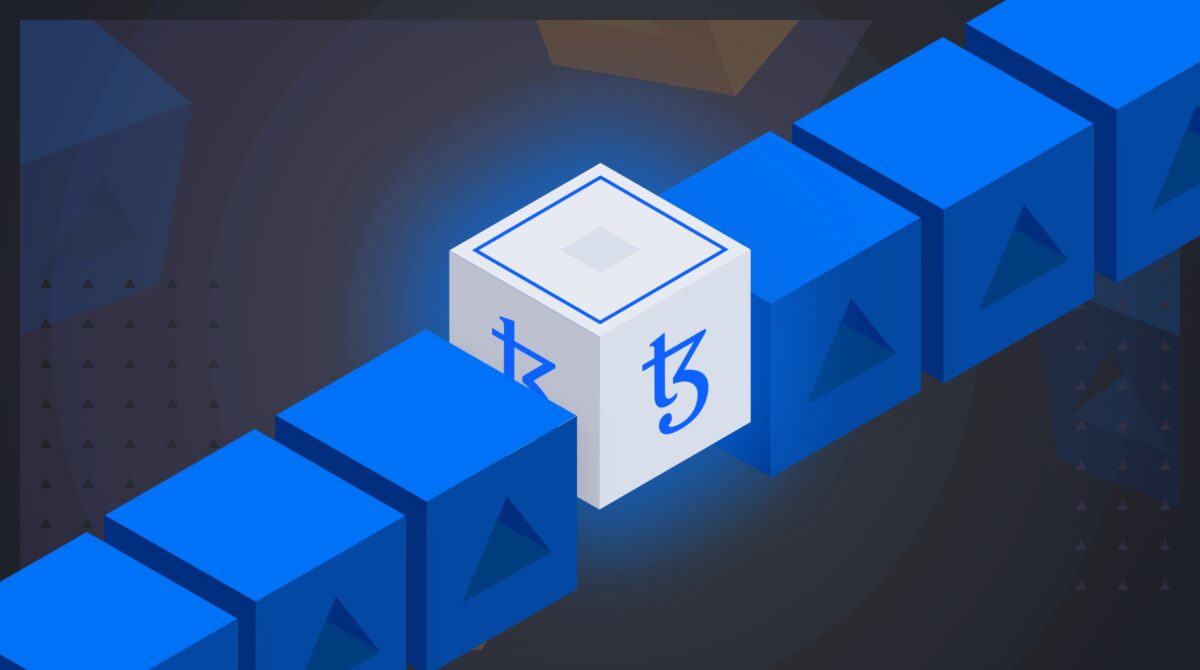
TL;DR:
Imagine you have a box of regular, same-sized LEGO bricks (these are like FA1.2) – they’re all the same and you can build simple things with them. But what if you also have a box with different kinds of LEGO pieces, like windows, wheels, and even rare pieces (this is like FA2)? With this second box, you can build much more interesting and varied things, like cars, houses, or even a spaceship.
In Tezos, FA1.2 is like the first box – good for simple stuff. But FA2 is like the second box – it lets you do a lot more and create all sorts of cool and unique things!
How Is Tezos Better Than Ethereum? Why Is Tezos Special?
Tezos stands apart from other blockchain platforms with its unique governance model. Unlike many blockchains that suffer from hard forks due to disagreements in upgrades, Tezos avoids this through its self-amending feature. This allows stakeholders to vote on amendments to the protocol, including upgrades to the system itself, without needing to fork the network. This democratic governance system also ensures that the blockchain evolves in response to its community’s needs, making it more adaptable and sustainable in the long run.
How To Buy & Sell NFTs On Tezos
Buying and selling NFTs on Tezos involves a few essential steps:
Wallet Setup: To handle NFTs on Tezos, you’ll need a hardware wallet compatible with Tezos’ native cryptocurrency, XTZ. Popular wallets include Temple Wallet and Kukai Wallet. These wallets also facilitate transactions within the Tezos ecosystem.
Choosing a Marketplace: Tezos NFT Marketplaces are platforms where artists and collectors can mint, buy, and trade NFTs. These platforms provide network security and stability for storing tokens. Furthermore, some of the top marketplaces include Objkt, Teia, and fx(hash), each offering unique features for different types of digital assets.
Purchasing XTZ: You need XTZ to transact on these marketplaces. XTZ is available on most centralized and decentralized cryptocurrency exchanges. Centralized platforms like Coinbase and Binance are user-friendly, especially for beginners.
Transaction Process: Once you have XTZ in your wallet, you can start buying and selling NFTs on your chosen marketplace. Remember that every transaction on Tezos requires a small amount of XTZ, but Tezos is also known for its low transaction fees.
How To Make Or Mint NFTs On Tezos
Minting NFTs on Tezos is a process that transforms digital assets into non-fungible tokens (NFTs) on the blockchain. This process is key for artists and creators who want to tokenize their digital art, music, videos, or other forms of creative work. Here’s a more detailed breakdown of the minting process on Tezos:
1. Choosing the Right Platform
Selection: Start by selecting a digital marketplace or platform that supports NFT minting on the Tezos blockchain. Popular choices include fx(hash) for generative art, Objkt.com as an all-medium aggregator, and Teia, an open-source NFT platform maintained by a community of Tezos artists.
Specialization: Each platform has its specialties. For example, fx(hash) is ideal for artists creating code-based generative art, while Objkt.com and Teia cater to a broader range of digital mediums.
2. Setting Up a Tezos Wallet
Wallet Choice: Before minting, set up a Tezos wallet. Temple Wallet and Kukai Wallet are popular choices. Ensure the wallet supports NFT transactions.
Funding the Wallet: Add Tezos’ native cryptocurrency, XTZ, to your wallet. This is necessary to cover transaction fees associated with minting and other blockchain interactions.
Security Considerations: Ensure your wallet is secure. Hardware wallets or wallets with robust security features are also recommended.
3. Preparing Your Digital Asset
Asset Creation: Create the digital asset you want to turn into an NFT. This could be an image, a piece of music, a video, or any other form of digital art.
File Format and Size: Make sure your asset is in a compatible format and size for the platform you’ve chosen. Check the specific requirements of the platform for guidance.
4. Minting on the Platform
Platform Registration: Sign up or log in to the chosen platform. Follow their specific guidelines for minting.
Upload and Configure: Upload your digital asset to the platform. Fill in details like the name, description, and properties of the NFT. You may also set royalties, which are earnings you’ll receive from future sales of the NFT.
Setting Editions: Decide if your NFT will be a unique 1/1 piece or if you’ll create multiple editions.
Paying the Minting Fee: Pay the minting fee, which on Tezos is generally low compared to other blockchains. The fee is paid in XTZ.
5. Listing and Selling the NFT
Listing for Sale: Once minted, you can list your NFT for sale on the same platform or others within the Tezos ecosystem.
Setting the Price: Choose a price for your NFT. Consider the uniqueness, demand, and your personal valuation of the work.
Promotion: Promoting your NFT on social media or other channels can also increase visibility and potential sales.
6. After Minting
Tracking Sales: Keep track of any sales or bids on your NFT. Some platforms provide notifications and analytics.
Managing Royalties: If your NFT is resold, collect any royalties as per the percentage set during the minting process.
Community Engagement: Engaging with the community on your chosen platform can provide valuable feedback and support.
Additional Considerations
Environmental Impact: One of the reasons to choose Tezos for minting NFTs is its lower environmental impact compared to other blockchains.
Market Research: Understanding the current market trends in NFTs can help in pricing and marketing your work effectively.
Legal Aspects: Ensure that you hold all necessary rights to the digital asset you are minting as an NFT.
By following these steps, creators can effectively mint their digital assets as NFTs on the Tezos blockchain, leveraging its low transaction costs and eco-friendly approach. This process not only secures the digital asset on the blockchain but also opens up potential revenue streams through sales and royalties.
Recommended Tezos Wallets
We’ve covered Tezos wallets in depth before, but here are a few of our latest choices. For trading crypto and NFTs on Tezos, Temple Wallet and Kukai Wallet are highly recommended for their user-friendliness and security features. These wallets are also compatible with major exchanges and facilitate easy transactions on the Tezos blockchain.
1. Temple Wallet
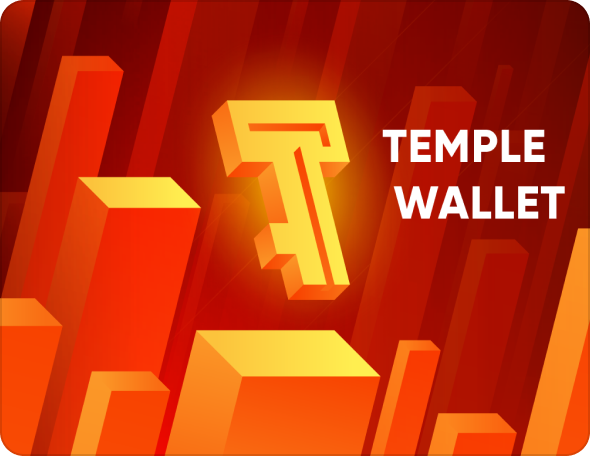
Temple Wallet stands out as a user-friendly and secure option for Tezos users. It integrates seamlessly with most web browsers, making it convenient for managing Tezos assets and interacting with dApps. Its intuitive interface is particularly suitable for beginners, while advanced features cater to more experienced users. Additionally, its robust security measures ensure safe transaction and storage of XTZ.
2. Kukai Wallet

Kukai Wallet is renowned for its simplicity and efficiency. It offers direct integration with social media accounts, allowing for innovative login methods. The wallet supports both XTZ and various Tezos-based tokens, providing versatility. Its straightforward design and hassle-free operation also make it ideal for users seeking a no-frills yet reliable Tezos wallet experience.
3. Galleon Wallet
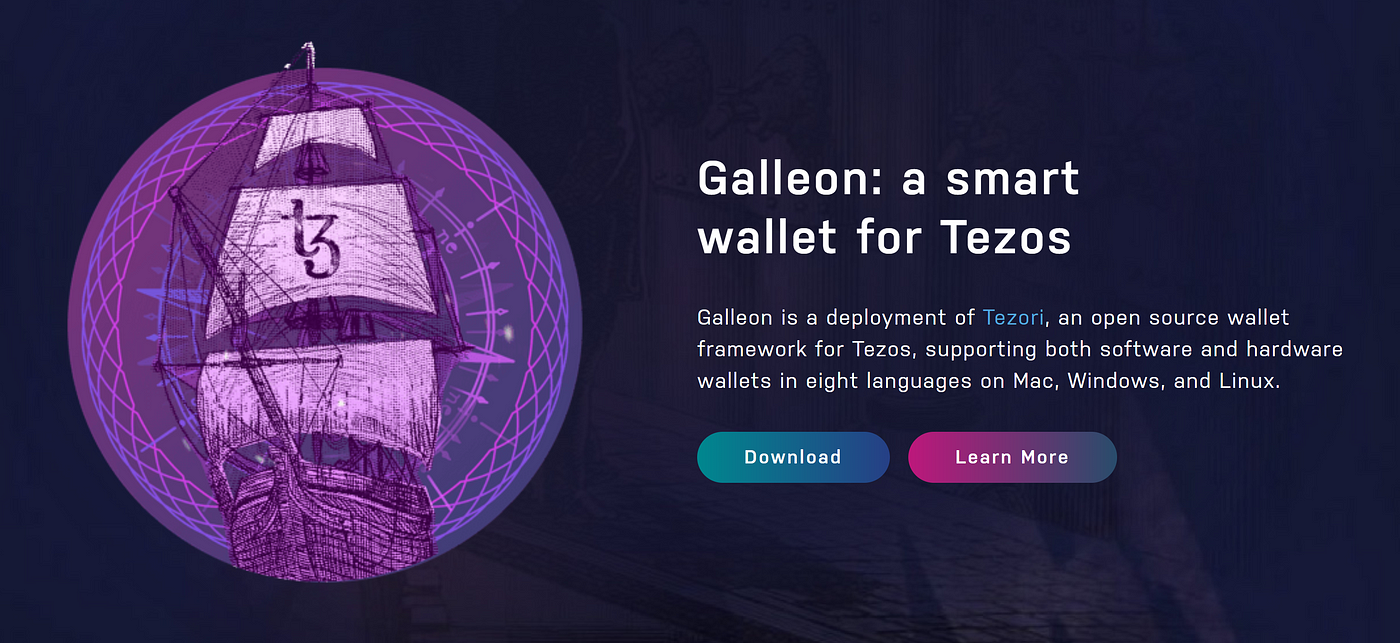
Galleon Wallet is a desktop-based wallet designed for Tezos users who prefer comprehensive control over their digital assets. It provides a wide range of features, including delegation, contract interaction, and multiple account management. Galleon’s emphasis on security, combined with its functional richness, makes it a top choice for users who need a more advanced and feature-rich wallet solution.
Top Tezos NFT Marketplaces
1. Objkt.com

Objkt.com is the largest and most popular Tezos NFT marketplace, often compared to OpenSea for its diverse offerings. It hosts a wide variety of digital assets, from traditional artwork to more innovative digital pieces. The platform is user-friendly, making it accessible for both artists and collectors. Its robust community and extensive catalog make it a prime destination for those looking to delve into the Tezos NFT ecosystem.
2. Teia

Teia, a community-owned marketplace, was created in the spirit of the now-defunct Hic et Nunc. It stands out for its commitment to decentralization and community governance. Teia offers a platform that is not just about buying and selling NFTs but also about community engagement and collective decision-making, making it an ideal choice for users who value a participatory ecosystem.
3. Kalamint
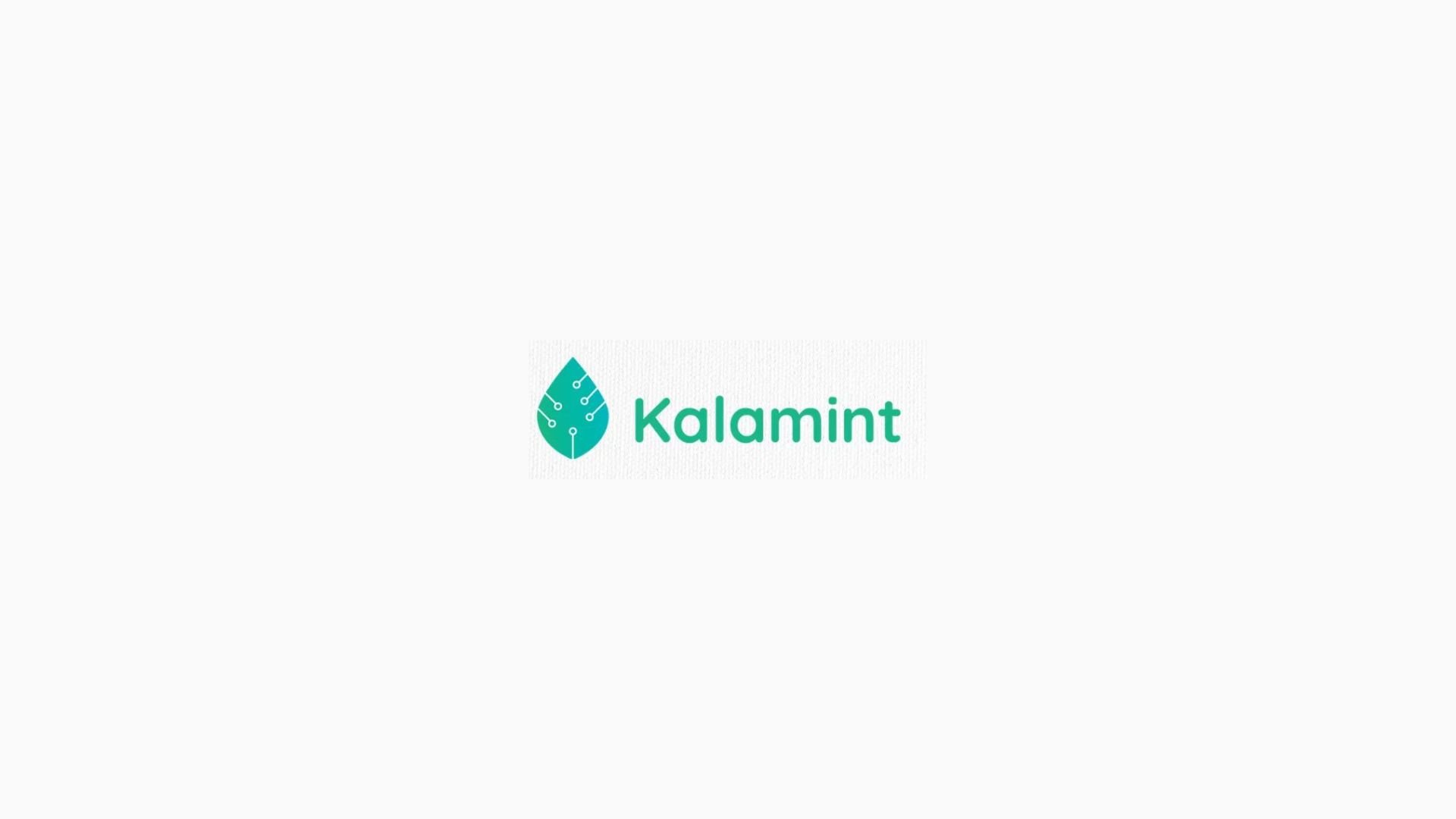
Kalamint holds the distinction of being one of the first NFT marketplaces on Tezos. It focuses on art and collectibles, offering a curated experience for buyers and sellers. The platform is known for its user-friendly interface and strong community feel. For collectors and artists interested in unique, hand-picked NFTs, Kalamint also offers a more personalized and boutique marketplace experience.
Top NFT Artists & Projects On Tezos
Tezzards

Tezzards is a pioneering Tezos NFT project featuring a collection of 4,200 unique, lizard-inspired PFP (Profile Picture) NFTs. The project stands out for its vibrant and quirky art style, appealing to a broad audience. It has also gained significant traction in the Tezos community for its creativity and has become a benchmark for other avatar projects on the Tezos blockchain.
fx(hash)

fx(hash) is both a generative art platform and a marketplace on Tezos, facilitating artists to mint generative NFTs with ease. It’s celebrated for its open and inclusive approach, allowing artists to experiment and share generative art without curation barriers. The platform’s emphasis on community and creativity also makes it a hub for those interested in the evolving world of generative art on blockchain.
John Karel

John Karel is a noted 3D artist who has garnered attention on Tezos for his unique NFT collection. His work, characterized by vibrant colors and whimsical themes, resonates with a broad audience. His collection, “randomly common skeles,” particularly stands out for its blend of creativity and accessibility, showcasing the potential of NFT art to captivate and engage.
Future Of Tezos (XTZ): NFTs, Blockchain, Native Token & More
Tezos, after a challenging 2022, has shown signs of recovery in 2023, bolstered by increased activity in decentralized finance (DeFi) solutions on its network. Moreover, the blockchain has rolled out numerous updates, enhancing its capabilities in handling off-chain transactions, maintaining an active NFT domain, and expanding its DeFi arena. These innovations aim to enhance speed and efficiency, reflecting Tezos’s commitment to continual growth. However, the platform faces challenges, including struggles to attract new users and a reduction in revenue due to declining gas charges, amidst broader regulatory changes in the cryptocurrency landscape.
The price of XTZ, after a significant drop, indicates a potential for gradual recovery, with predictions suggesting a mellow growth. Despite the setbacks, Tezos’s unique ability to evolve without splitting and its self-evolving blockchain architecture, which eliminates the need for hard forks, offers a theoretical stability that might attract future investments. This resilience and adaptability, coupled with its capability to efficiently handle high traffic and scalability, position Tezos as a potentially significant player in the blockchain world, with diverse utility cases extending beyond basic transactions
All investment/financial opinions expressed by NFTevening.com are not recommendations.
This article is educational material.
As always, make your own research prior to making any kind of investment.
>>> Read full article>>>
Copyright for syndicated content belongs to the linked Source : NFTEvening – https://nftevening.com/a-complete-guide-to-tezos-blockchain-nfts-marketplaces-more/































